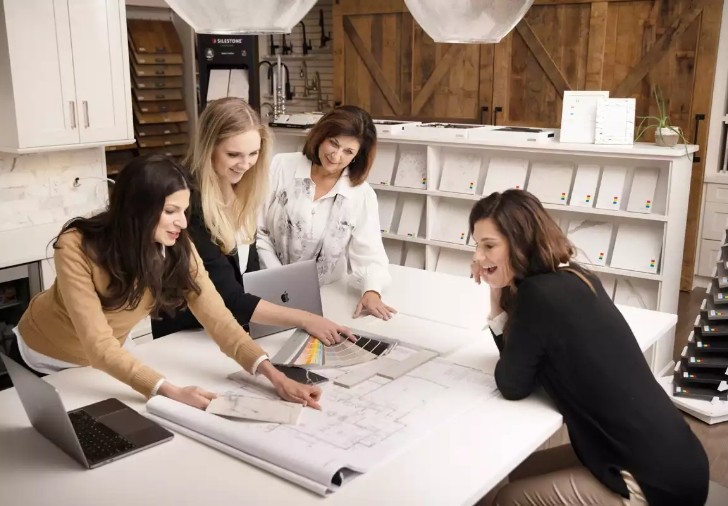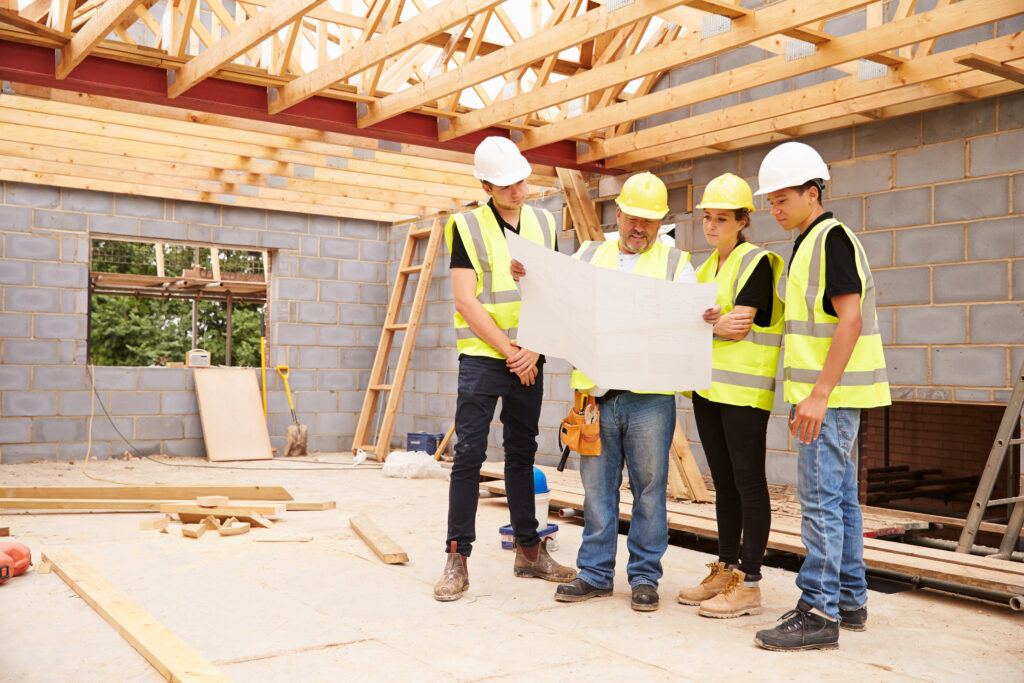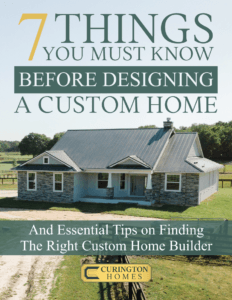Building a custom home is an exciting journey filled with endless possibilities and the chance to create your dream living space. However, amidst the excitement, there are several crucial aspects that many individuals overlook or underestimate. As someone who has experienced the highs and lows of building a custom home firsthand, I’ve compiled a comprehensive guide of things I wish I knew before embarking on this journey.
The location of your custom home plays a significant role in its value, livability, and resale potential. Before finalizing a location, consider factors such as proximity to amenities, schools, work, and potential future developments. Additionally, research local zoning laws and regulations to ensure your dream home aligns with the area’s requirements.

Building a custom home requires collaboration with various professionals, including architects, builders, designers, and contractors. Take the time to carefully vet and select each member of your team based on their experience, reputation, and compatibility with your vision. Effective communication and mutual understanding are key to a successful project.
It’s easy to get carried away with endless customization options and luxurious features. However, it’s essential to prioritize your needs over wants to ensure that your home remains functional and within budget. Make a list of non-negotiable features and amenities, and be prepared to compromise on less essential elements.

Building a custom home is a time-consuming process that requires patience and careful planning. From initial design and permitting to construction and finishing touches, the timeline can vary significantly depending on factors such as the size and complexity of the project, weather conditions, and the availability of materials and labor. Be prepared for delays and setbacks, and remain flexible throughout the process.
Incorporating energy-efficient and sustainable features into your custom home can save you money in the long run and reduce your environmental footprint. Consider options such as solar panels, energy-efficient appliances, insulation, and passive design principles to maximize comfort and minimize utility bills.
Anticipate your future needs and lifestyle changes when designing your custom home. Features such as flexible floor plans, universal design elements, and technology integration can enhance the longevity and adaptability of your home, ensuring that it remains functional and relevant for years to come.
While it may be tempting to cut costs by opting for cheaper materials and finishes, prioritizing quality over quantity is essential in building a custom home that stands the test of time. Invest in durable, high-quality materials and craftsmanship that will enhance the value and longevity of your home, even if it means stretching your budget slightly.
Familiarize yourself with local building codes, regulations, and permit requirements before starting construction. Failure to comply with these regulations can result in costly fines, delays, and even forced demolition of non-compliant structures. Work closely with your design team and local authorities to ensure that your custom home meets all necessary legal and safety standards.

DOWNLOAD OUR FREE GUIDE on SEVEN THINGS that you MUST know before designing your DREAM CUSTOM HOME.
Mailing Address
2652 NE 24th Street
Ocala, FL 34470
Sign up to receive our GUIDE on 7 Things that you must know before designing your DREAM CUSTOM HOME.